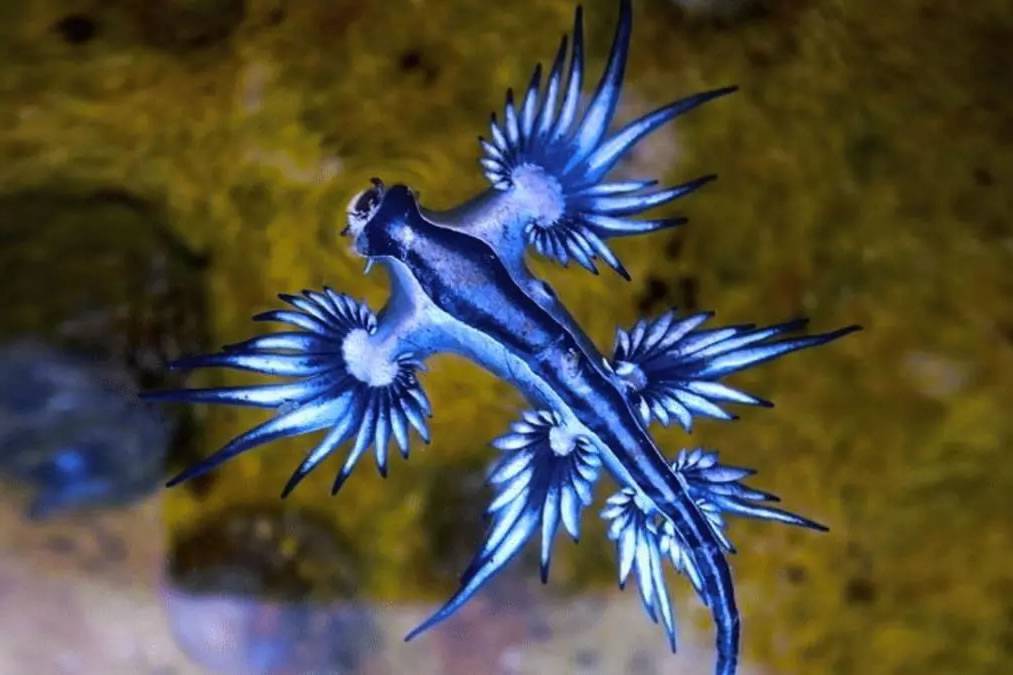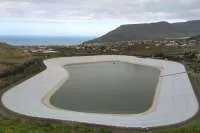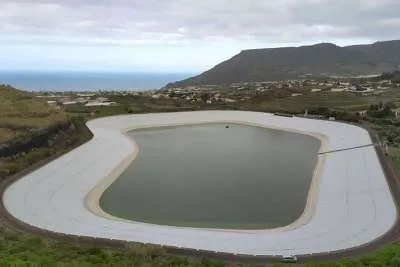Warning as venomous 'Blue Dragon' detected at beach in the south of Tenerife
- 14-10-2024
- Tenerife
- Canarian Weekly
- Photo Credit: CA
A warning has been issued to beachgoers by the Granadilla de Abona Council following the detection of several specimens of the venomous 'blue dragon' at El Médano and Leocadio Machado beaches. This marine species, known for its striking appearance, carries toxins that can cause severe skin irritation and allergic reactions upon contact.
In an official statement shared via social media, the council announced the raising of a purple flag, which signals the presence of harmful marine wildlife, alongside the existing yellow flag already in place. This decision is aimed at alerting the public to the potential danger posed by the blue dragon.
The council advises the public to avoid entering the water and to follow all instructions provided by local authorities. Officials have assured that updates will be provided, and beach access will be deemed safe again once the threat subsides.
What is a venomous 'blue dragon'?
The "blue dragon" refers to Glaucus atlanticus, a small but visually striking species of marine mollusc commonly known as a type of sea slug. Despite its beautiful, otherworldly appearance, it is venomous and can pose a danger to humans.
Here are some key details about the blue dragon:
1. Appearance: It has an eye-catching blue and silver body with delicate wing-like appendages, giving it a dragon-like appearance. Its small size, usually around 3cm (1.2 inches), makes it seem harmless, but it carries potent venom.
2. Venom: The blue dragon doesn't produce its own venom. Instead, it feeds on venomous creatures like the Portuguese man of war (a jellyfish-like organism) and stores the venom in its own body, specifically in the tips of its cerata (finger-like appendages). When threatened or touched, it can release the venom, which is often more concentrated than the original source, causing painful stings in humans.
3. Effects on Humans: Contact with a blue dragon can cause painful skin irritation, redness, swelling, and sometimes more severe allergic reactions, depending on the individual’s sensitivity to the venom.
4. Habitat: These creatures are typically found floating on the ocean’s surface in warm and temperate waters. They use the ocean currents and wind to move around. While they are more common in certain parts of the world, like Australia and South Africa, sightings along other coastal regions, such as the Canary Islands, have also been reported.
Though they are fascinating to observe, the blue dragon is best appreciated from a distance due to its ability to cause harm if handled.



























































